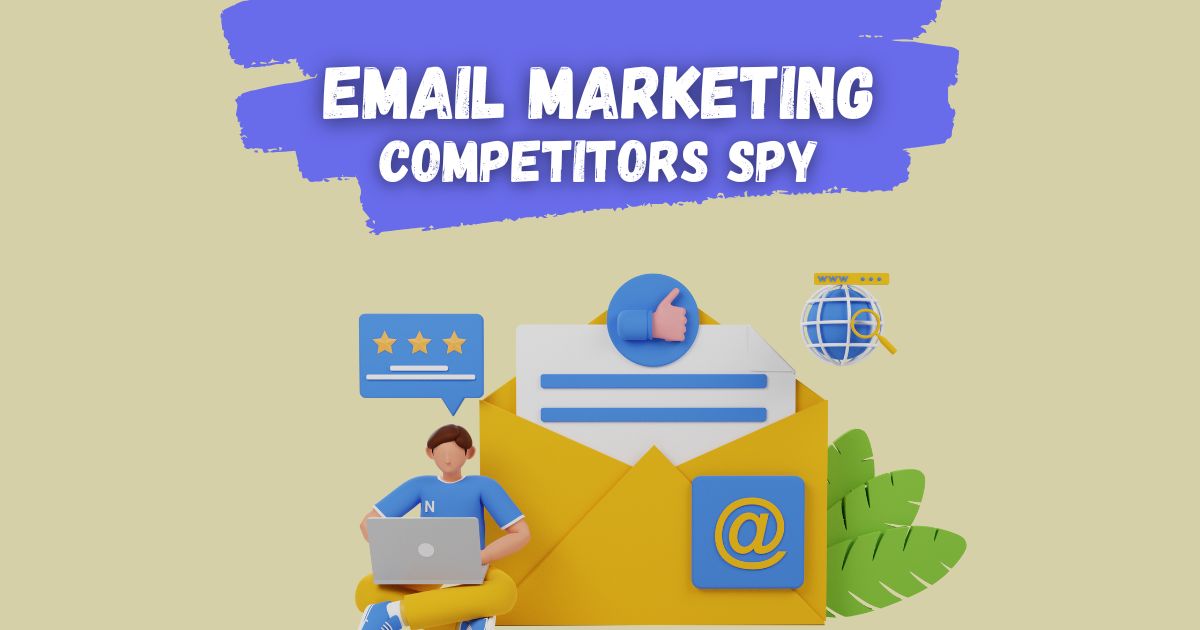
Your competitors send hundreds of emails to their subscribers every month. Each one contains valuable insights about their marketing strategy, product launches, and customer engagement tactics. The question is: Are you paying attention?
Analyzing your competitors’ email marketing campaigns can reveal gaps in your own strategy, inspire new ideas, and help you stay ahead of industry trends. This guide will show you exactly how to ethically monitor and learn from your competitors’ email strategies without crossing any legal or ethical boundaries.
Why Monitor Competitor Email Marketing?
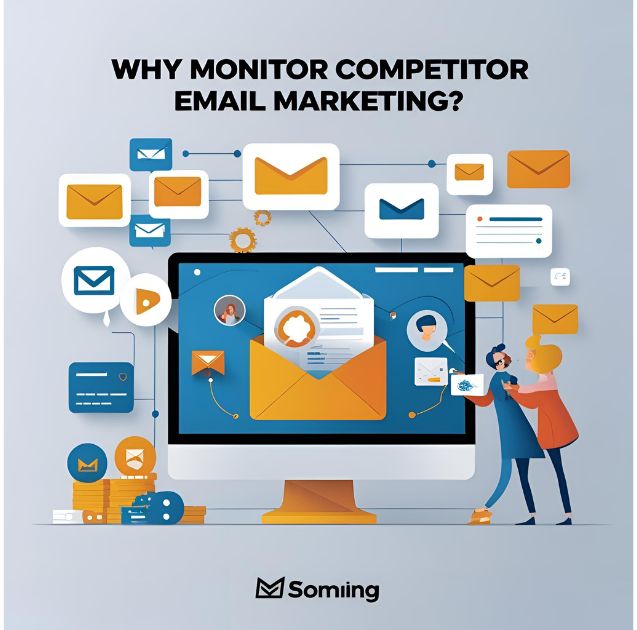
Email marketing remains one of the most effective digital marketing channels, with an average ROI of $42 for every dollar spent. Your competitors know this, which is why they’re investing heavily in crafting compelling campaigns.
By studying their approaches, you can:
- Identify successful subject line patterns and messaging strategies
- Discover new product launches before they hit social media
- Learn about pricing strategies and promotional tactics
- Understand their customer journey and automation sequences
- Spot content gaps in your own campaigns
Setting Up Your Competitor Intelligence System
Subscribe to Competitor Newsletters
Start by subscribing to your main competitors’ email lists using a dedicated email address. Create separate folders in your email client for each competitor to stay organized.
Use a variation of your name or a generic name when signing up. This helps you blend in with their regular subscriber base and ensures you receive the same content as their customers.
Use Multiple Email Addresses
Create different email addresses to test various customer segments:
- One for new subscribers
- Another for existing customers (if you can access their platform)
- A third of abandoned cart scenarios
- Additional addresses for different geographic locations
This approach helps you understand how competitors tailor their messaging for different audience segments.
Track Email Frequency and Timing
Create a simple spreadsheet to track when competitors send emails. Note the day of the week, time of day, and frequency. This data reveals their email scheduling strategy and helps you identify optimal sending times for your own campaigns.
Analyzing Email Content and Structure
Subject Line Analysis
Subject lines determine whether emails get opened or ignored. Analyze your competitors’ subject lines for:
- Length and character count
- Use of emojis or special characters
- Personalization techniques
- Urgency and scarcity language
- Question-based versus statement-based approaches
Look for patterns in high-engagement subject lines. Do they use specific words or phrases repeatedly? Are they more personal or professional in tone?
Email Design and Layout
Pay attention to how competitors structure their emails:
- Header design and logo placement
- Color schemes and brand consistency
- Image-to-text ratios
- Call-to-action button placement and design
- Mobile responsiveness
A screenshot is particularly effective for designs for inspiration. Note how they balance promotional content with valuable information.
Content Strategy Patterns
Examine the types of content competitors include:
- Product announcements and launches
- Educational content and tips
- Customer testimonials and reviews
- Behind-the-scenes content
- Seasonal promotions and campaigns
Track content themes over time to understand their editorial calendar and content planning approach.
Tools for Email Marketing Intelligence
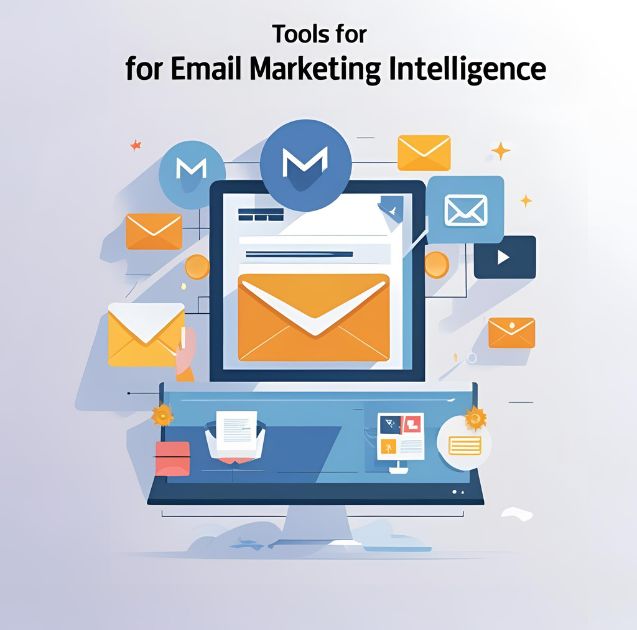
Email Monitoring Platforms
Several tools can streamline your competitor analysis:
Mailcharts provides comprehensive email tracking and analysis features. It automatically captures competitor emails and organizes them by brand, making it easy to spot trends and patterns.
Moosend offers a free email marketing tool with competitor tracking capabilities. You can monitor subject lines, sending frequency, and content themes.
Really Good Emails serves as an email inspiration gallery where you can search for campaigns by brand, industry, or email type.
Browser Extensions and Apps
Snovio Email Finder helps you discover the email addresses competitors use for their campaigns.
WhatRuns browser extension reveals the email marketing tools and platforms competitors use, giving you insights into their technical setup.
Social Media Monitoring
Don’t overlook social media as a source of email intelligence. Many companies share their email campaigns on social platforms or discuss their email marketing strategies in posts and stories.
Legal and Ethical Considerations
Stay Within Legal Boundaries
Always subscribe to competitor emails using your real information. Never use false identities or attempt to access private information. Respect unsubscribe requests immediately if you no longer need the intelligence.
Avoid Direct Copying
Use competitor analysis for inspiration, not imitation. Directly copying subject lines, content, or designs can damage your brand reputation and may violate copyright laws.
Focus on Learning, Not Stealing
The goal is to understand successful strategies and adapt them to your unique brand voice and audience. Look for principles and patterns rather than specific content to replicate.
Organizing Your Competitive Intelligence
Create a Competitor Email Database
Develop a systematic approach to storing and organizing competitor emails:
- Create folders for each competitor
- Use consistent naming conventions for easy searching
- Tag emails by campaign type or theme
- Document key insights and observations
Regular Review Schedule
Set up a weekly or monthly review process to analyze collected emails. Look for:
- New campaign types or formats
- Changes in messaging or positioning
- Seasonal promotion patterns
- Emerging trends across multiple competitors
Turning Insights Into Action
Identify Gaps in Your Strategy
Compare your email marketing approach to successful competitor tactics. Are there content types you’re missing? Email sequences you haven’t implemented? What timing strategies should you test?
Test New Approaches
Use competitor insights to inform your own A/B tests. If a competitor consistently uses certain subject line formats, test similar approaches with your audience.
Improve Your Email Calendar
Analyze competitor sending patterns to optimize your own email schedule. If they’re consistently sending at times when you’re not, consider testing those time slots.
Stay Ahead of the Competition
Monitoring competitor email marketing isn’t a one-time activity—it’s an ongoing process that should inform your strategy development. Set up systems to automatically capture and organize competitor emails, then review them regularly for actionable insights.
The most successful email marketers don’t just follow trends; they identify them early and adapt quickly. By systematically analyzing your competitors’ strategies, you can spot opportunities, avoid common pitfalls, and continuously improve your own email marketing performance.
Start implementing these competitor intelligence techniques today. Your future campaigns will be stronger, more strategic, and more successful as a result.







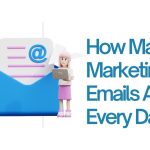







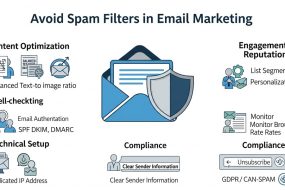
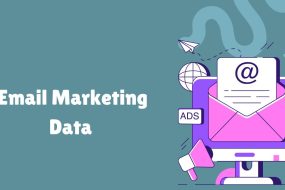
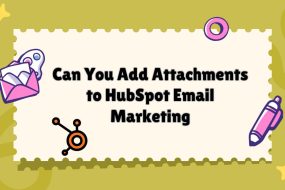
No Comments